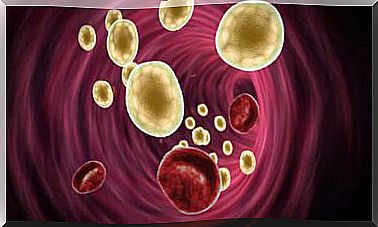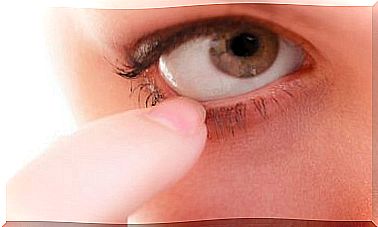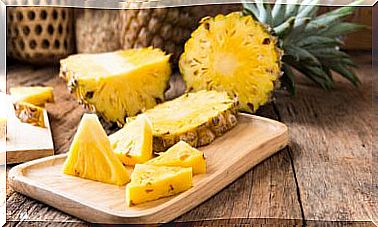Natural And Homemade Lipstick With Beetroot
In this article we explain how you can make your own natural lipstick at home to add a touch of color to your lips while moisturizing and protecting them. Discover everything you need to prepare it, as well as the advantages of making your own homemade cosmetics.
The risks of lipstick
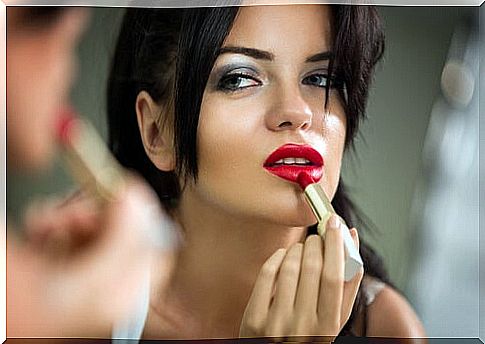
The conventional lipsticks that we can find on the market promise fabulous and long-lasting colors but they hide what more and more studies are uncovering: many presentations contain lead particles.
This heavy metal is linked to an increased risk of several diseases, including brain damage, infertility, and cancer. The most worrying thing is that a large part of this product is ingested involuntarily when talking, eating or drinking.
Now, the chemical components can also be aggressive on sensitive lips, triggering problems such as excess dryness and cracks. Fortunately, there is more and more information that allows us to avoid those products that are toxic or harmful.
They have also increased the formulas to make a natural lipstick, using healthy ingredients such as butter, castor oil and plant extracts as a base. Would you like to learn how to make one? Here we share a recipe.
How to make a natural lipstick with beets?
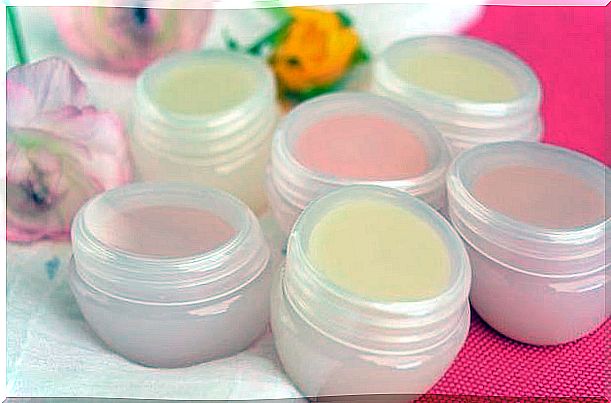
The advantages of preparing a natural lipstick is that we ensure the application of substances full of nutrients and benefits. For example, this recipe contains beeswax, shea and castor oil, recognized in cosmetics for their moisturizing and regenerating capacity.
Test it!
Ingredients
- 1 teaspoon of beeswax (5 g)
- 1/2 tablespoon shea butter (7.5)
- 1 teaspoon of castor oil (5 ml)
To add the pigment we must choose or combine the following ingredients to our liking:
- Beet powder : We can prepare it at home or buy it in natural cosmetics stores. It will allow us to give a reddish pigment.
- Cinnamon or cocoa powder to give brown and dark tones.
- Turmeric powder to give a more orange color.
The colors that we will achieve will always be soft and natural tones that, in addition, will add medicinal properties to our lipstick.
Instructions for preparing the lipstick
To make the homemade lipstick we must follow the following steps:
- We will put the basic ingredients in a bain-marie or in the microwave until they melt and we can mix them well.
- We will add half a teaspoon of the chosen pigment and mix again. We can test a little of the mixture to see how it looks on the skin of our hand and decide if we want to continue adding pigment.
We will always be careful not to burn ourselves, but we will keep the mixture liquid and hot or warm until it is the final one and we can package it to cool and harden.
How do we pack it?
To package this lipstick and make it easy to apply, we have two options, for which we can reuse containers or buy them empty:
- In a very small bottle, such as those for eye contour creams or lip balms. In this case we will have to apply it with our finger.
- When we finish a lipstick we will clean it well and fill it with our homemade mixture. When it cools it will harden and we can use it in the usual way.
Original ideas
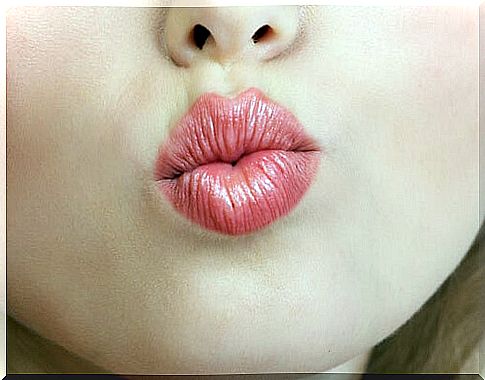
- We can give an original touch to our lipstick if we add a few drops of an essential oil to also give it a touch of flavor.
The most advisable thing is to choose a good quality essential oil that is suitable for consumption, and thus we make sure not to take risks when having it in contact with the mouth.
- If we add five drops of tea tree essential oil to lipstick, we will get an excellent remedy to prevent herpes. We should not add more quantity as it could be irritating.
A natural lipstick is a very original gift since, in addition to being something manual, it costs us almost the same effort to make one as several. We only have to multiply the quantities and we can even do it by varying the pigments.
There are more and more stores, especially online , that sell products so you can make your own homemade cosmetics. They sell the most common ingredients, such as oils and pigments, and also all kinds of empty packaging.
